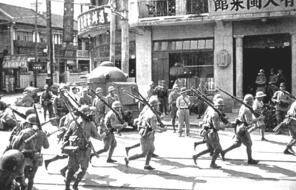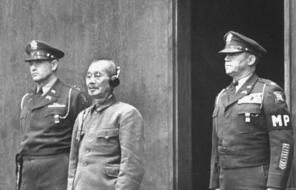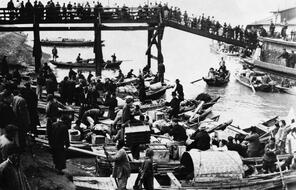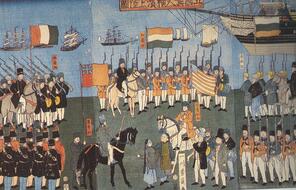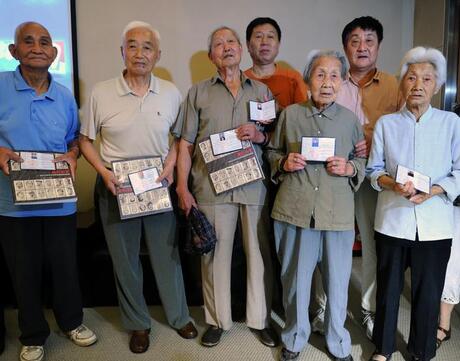
Bearing Witness to the Nanjing Atrocities
At a Glance
Language
English — USSubject
- History
Grade
9–12Duration
One 50-min class period- Genocide
Overview
About This Lesson
The purpose of this lesson is to introduce students to the enormity of the crimes committed during the Nanjing atrocities, and to help them bear witness to the experiences of those directly affected by the Japanese invasion and occupation of China. In this lesson, students will be introduced to some historical background about the march of Japanese troops into the city of Nanjing and the outbreak of the atrocities. They will then hear two testimonies from survivors—firsthand accounts from individuals who lived through the Nanjing atrocities—to help them more deeply appreciate and empathize with the human and inhumane dimensions of this important moment in history.
Preparing to Teach
A Note to Teachers
Before you teach this lesson, please review the following guidance to tailor this lesson to your students’ contexts and needs.
Lesson Plans
Activities
Materials and Downloads
Explore the Materials
Bearing Witness to the Nanjing Atrocities
Japanese Imperialism and the Road to War
The Nanjing Atrocities: The Range of Responses
Unlimited Access to Learning. More Added Every Month.
Facing History & Ourselves is designed for educators who want to help students explore identity, think critically, grow emotionally, act ethically, and participate in civic life. It’s hard work, so we’ve developed some go-to professional learning opportunities to help you along the way.
Exploring ELA Text Selection with Julia Torres
On-Demand

Working for Justice, Equity and Civic Agency in Our Schools: A Conversation with Clint Smith
On-Demand

Centering Student Voices to Build Community and Agency
On-Demand







